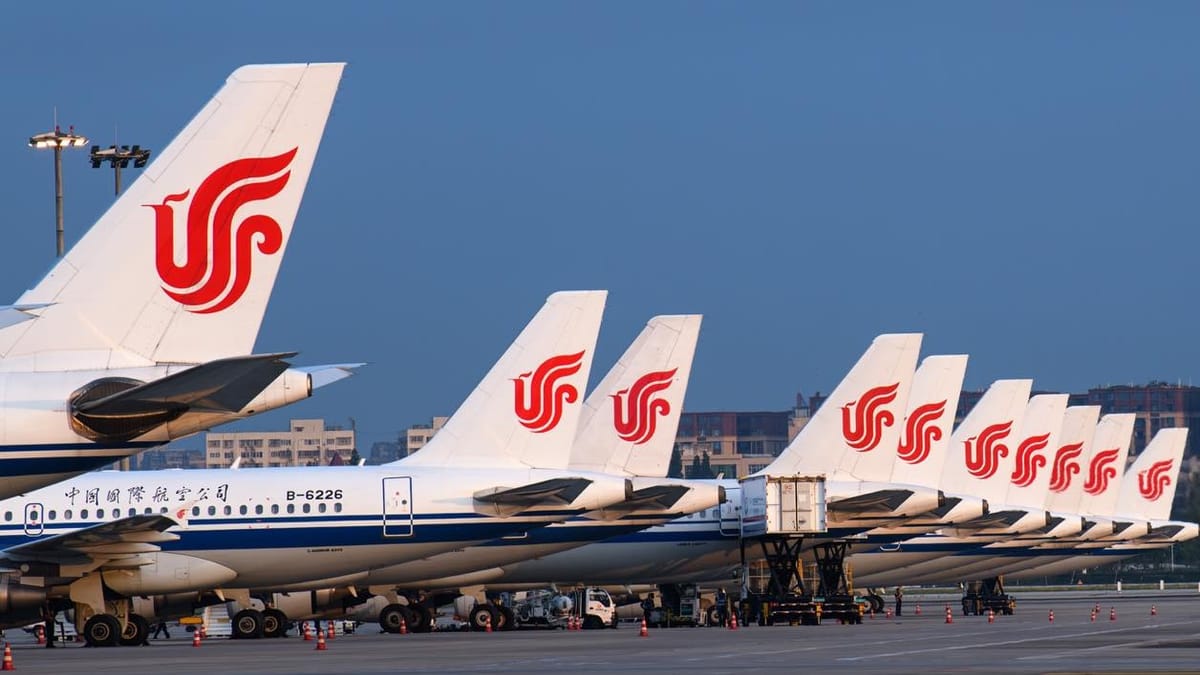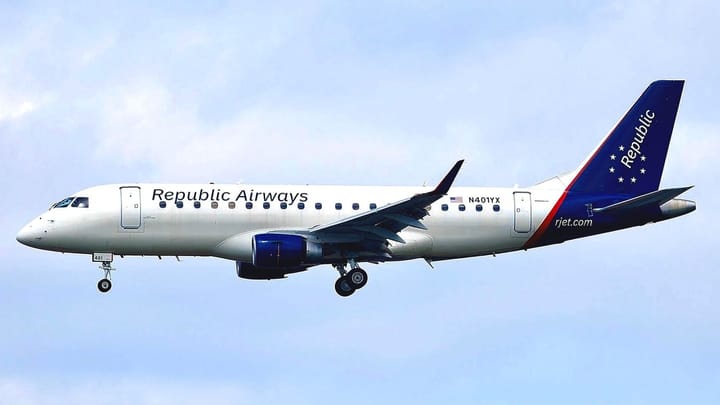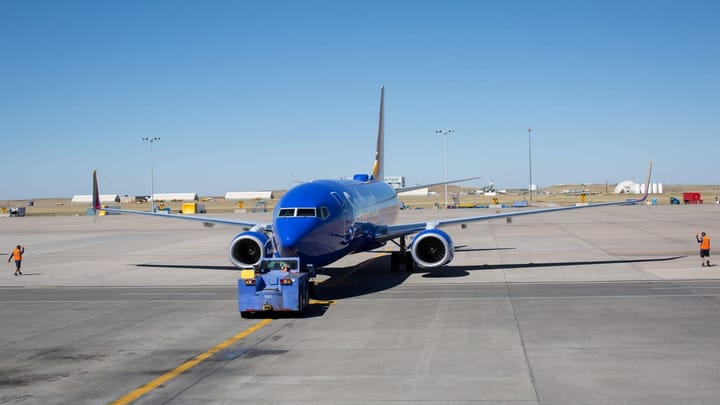USDOT ban on Chinese airlines overflying Russia could impact 4 US routes
The DOT argued that the current conditions result in unequal market access for US airlines.

The United States Department of Transportation (DOT) has issued a tentative order that would prohibit China-based airlines that operate routes to the US from overflying Russian airspace. Analysis of flight activity records showed that the rule could affect four US-bound routes.
On October 9, 2025, the DOT, amidst literally a hundred filings that Essential Air Services (EAS) would continue for a few weeks, issued an order potentially affecting Air China, Beijing Capital Airlines, China Eastern Airlines, China Southern Airlines, Hainan Airlines, Sichuan Airlines, and Xiamen Airlines and their flights between China and the US.
“[…] Department proposes to prohibit the above-named Chinese air carriers from utilizing Russian airspace in their passenger or combination services between China and the United States.”
The order would become effective in 30 days, with the DOT giving affected stakeholders two business days to comment on the decision. The Department promised to respond to the comments in another two days.
According to the DOT, flights between China and the US are governed by an agreement that the two countries signed in September 1980, which includes a provision that flying “the agreed services by the designated airline(s) on routes over third countries shall be conducted on routes available to the airlines of both Parties, unless otherwise agreed.”
The clause was included at the express desire of the US, the Department noted, saying that it should have prevented “competitive imbalances arising between US and Chinese air carriers as a result of unequal access to third-country airspace.”
“The most efficient route to connect certain points in the United States and China involves flying through Russian airspace.”
Being able to utilize the most efficient routing – in this case, over Russia – can provide a competitive advantage due to shorter flight times and, subsequently, lower fuel costs. “However, on May 17, 2022, Russia closed its airspace to US air carriers.”
This was Russia's response to the Western sanctions imposed on the country due to its invasion into Ukraine in February 2022.
In contrast, Chinese airlines have faced no issues in using Russian airspace, “and this imbalance has become a significant competitive factor in the incremental reopening of the post-COVID US-China air transportation market,” according to the DOT.
Which is a half-truth. During the pandemic, in response to what the DOT then saw as unfair practices when the Civil Aviation Administration of China (CAAC) had continuously suspended US airlines’ flights to China following alleged COVID-19 cases of arriving passengers into China, the Department suspended or reduced the number of flights that Chinese airlines could operate into the US.
For example, in May 2023, as pandemic-related restrictions had continued to subside, the DOT increased the number of weekly round-trip flights that Chinese carriers could operate into the US to 12.
Shortly after, Air China, for instance, filed its planned operations between China and the US, which included three itineraries: flights CA 987/988, CA 769/770, and CA 981/982. The former two had continued throughout the pandemic, while CA 981/982 was suspended after August 2020, and resumed in June 2023, except for three flights in June 2022, Cirium's Diio Mi showed.
CA 987/988 and CA 769/770 have continued overflying Russia, while CA 981/982 now reroutes around the country’s airspace from/to the US.
According to Cirium’s Diio Mi, in September 2025, six Chinese airlines offered connections between China and the lower 48 US: Air China, China Eastern Airlines, China Southern Airlines, Hainan Airlines, Sichuan Airlines, and Xiamen Airlines.
(Since at least 2020, Beijing Capital Airlines, now known as Capital Airlines, a subsidiary of Hainan Airlines, has not offered any flights from China to the US, per Cirium’s Diio Mi.)
The DOT argued that the fact that Chinese airlines, which operate flights to the US, have access to Russian airspace, while US airlines flying to China do not, contradicts the “express language and intent” of the September 1980 agreement.
“Absent that same access, range and payload limitations of commercial aircraft commonly used on such flights, as well as flight duration and time on duty limitations of US air crews, have made US air carrier-operated long-range US-China flights distinctly less economical.”
Based on those facts, the DOT’s tentative decision would be to amend the aforementioned Chinese carriers’ authorizations to fly to the US by including the condition that would “prohibit them from the use of Russian airspace for the conduct of their international passenger and combination air services to and from the United States.”
The order would not affect airlines operating all-cargo flights since the September 1980 agreement “provides for far more liberal all-cargo service route rights, and the nature of the competitive playing field inherent to all-cargo services in the US-China market is distinctly different as compared to that of combination services.”
Analysis of Flightradar24 flight activity records showed that the order could affect a total of four passenger routes, which currently overfly Russian airspace or have done so in the past month. This includes two Air China itineraries, flight CA 987/988 and flight CA 769/770.
Interestingly, the latter itinerary, which is between Los Angeles International Airport (LAX) and Shenzhen Bao'an International Airport (SZX), only enters Russian airspace on its return flight from LAX to SZX, according to radar data from the most recent flights, including, for example, on October 7.
China Eastern Airlines flight MU 587/588 and China Southern Airlines flight CZ699/600, both going to New York John F. Kennedy International Airport (JFK), could also be affected by the DOT's order.




Comments ()